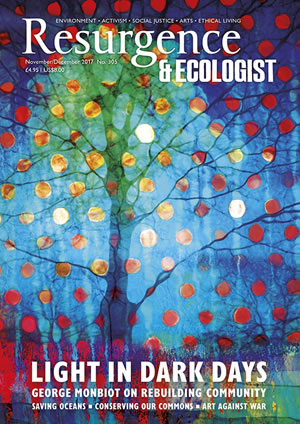The sheen on a bird’s feather, the plumed ears of a lynx or the glint in a hoopoe’s eye”: just where did the uncanny realism of living Nature in early modern European art come from? This is the question Florike Egmond sets out to answer in this engaging book.
The invention of the microscope around 1600 was once thought to have transformed our view of Nature. Recent study of naturalia drawings suggests something quite different. These drawings of plants, birds, animals and insects formed part of the ‘cabinets of curiosity’ kept by persons of taste and culture in the 16th and 17th centuries.
Like the collections they were part of, these images served different purposes: display and entertainment, study and contemplation. They are further evidence of what Egmond calls the “green fashion” that swept Europe from the late 15th century. The Medicis were already, in 1489, setting the trend – making the most of the live giraffe given them by the ruler of Egypt. They transformed one of their parks into the University of Padua’s botanical garden. In 1549, they arranged for a whale to be laid out under a Florentine loggia. The smell soon got to be too much, but they cleaned the skeleton and kept it on display.
Egmond’s particular interest is how naturalia drawings, kept loose, served as “flexible research instruments”, a test ground for new ways of ordering Nature. Early naturalists certainly exchanged them, even scribbling comments as they did so. They show use of zoomed insets from the 1530s, decades before the advent of the microscope. They suggest that such technical change enhanced research interest that was already there, but did not create it.
Already between 1380 and 1450 in northern Italy a new naturalism was emerging in the way plants were shown in herbals. There are hints of this in ancient Roman frescoes and in one 6th-century manuscript, but herbals produced in the Veneto region from the late 14th century show an attention to detail that rapidly spread to southern Germany, northern and eastern France, the Low Countries, and thence, a little later, to England.
Possibly this followed the burgeoning self-confidence of a new artisan class. They may have used visual aids from the start – high-quality lenses were already employed by jewellers, shoemakers and tailors. Dürer’s father, be it remembered, was a goldsmith, and his Nuremberg was a city of watchmakers and optical instrument makers. Zoomed insets were used by architects and anatomists, too – early naturalists were often physicians, trained in the study of anatomical structure.
Many of the largest image collections belonged to middle-class professionals of differing religious backgrounds and social status. The keen interest in Nature to which the images attest was clearly shared across class boundaries. In his Fish Book (1580) Adriaen Coenen, a Dutch fishmonger without formal education, exhibits a profound curiosity about everything from sunfish to woodlice, fleas and earwigs. His book is known to have been displayed at fairs.
On closer inspection, ‘hard barriers’, between countries, between the Renaissance science of the 16th century and the ‘new’ Baconian science of the 17th century, and even between classes, tend to break down. Egmond illustrates her case using works in which formal beauty and scientific purpose are delightfully combined. The result is a persuasive and enchanting book.







